Parasites can be called human natural companions because these creatures cannot live outside the host's body. It is estimated that at least 70% of the world's population is infected with various types of helminths. Moreover, many people are home to them almost from birth. At the same time, he thinks about the question of how to determine the presence of parasites in the body, about a third of those infected. The reason for this is the low awareness of the population or lack of interest in their health condition.
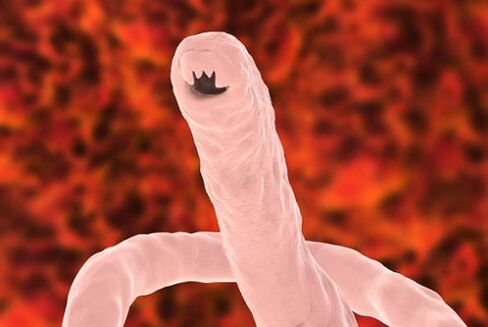
Early detection of infection is important to prevent complications caused by parasites.
According to statistics, more than 60% of people with parasitic infections accidentally find out about the problem and only about 30% purposefully look for the symptoms of helminthiasis and go to specialists to identify the problem.
Until recently, helminthiasis was commonly referred to as the disease of the poor because hygienic skills are poorly embedded in these layers. However, due to the growing interest of scientists in the problem, it has been found that such an explanation is fundamentally incorrect, as worms are found in both peasants and respected businessmen.
Why is it dangerous to coexist with parasites?
Many do not understand why they need to be tested for parasites if there are no serious health problems? Why should you look for any disruption in your state if they do not interfere with your normal lifestyle? Moreover, 8% of the population has a reasonable question - what happens if a person learns the presence of parasites in his body? After all, evolution does not stand still, and what was once considered harmful may now become the norm.
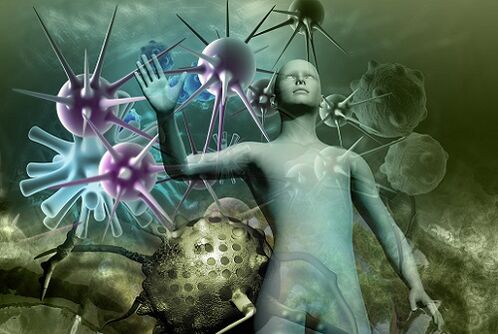
Similar questions have been asked many times and any doctor, even the most inexperienced, will say that a parasitic organism is different from a symbiont (a peaceful microorganism that helps, for example, to process and assimilate food more efficiently. ) In that it receives more than it provides. Parasites in the human body mainly behave like very unreliable and irresponsible hosts:
- Lock it with toxins and slag;
- Destroy natural defenses (immunity);
- Take most of the nutrients;
- Damage to internal organs on a physical level.
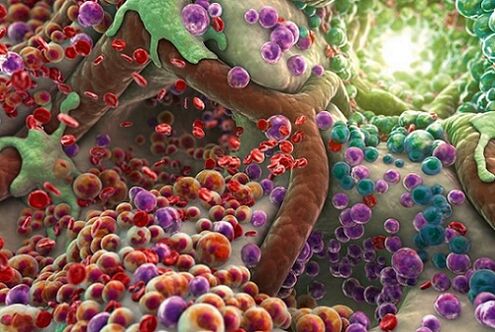
This is called parasitism, or the presence in the host's body to bring out the maximum benefit for itself but without giving benefit to the host.
Timely detection of parasites helps to avoid many problems including severe endocrine and hormonal disorders, dysfunction of internal organs and even mental disorders.
What signs appear with parasites
Most dangerous parasitic life forms live in the intestines and internal organs. They rarely go out in their original form and therefore, during a preliminary diagnosis, the doctor examines only the outward signs of their presence. Their presence can be determined by a combination of clinical manifestations.

In 99% of cases, the host organism responds violently to the dangerous site. Signals of worm infection can be various disorders of body functions, depending on which organ they live in. As parasites are difficult to detect in their natural form, it is important to pay attention to the following symptoms:
- Sudden onset of digestive disorders. Most often they indicate that the intestinal forms of helminths - round and ribbon, lamblia and protozoan organisms - have begun to parasitize. This group of symptoms can be manifested by sudden constipation or diarrhea, nausea and vomiting, vomiting, poor digestion. Another sign of intestinal helminthiasis is vague abdominal pain that may not have a clear localization.
- Allergic reactions in the form of rash, skin exfoliation, appearance of spots. In most cases, it is impossible to determine the source of such a reaction because allergen tests show negative results. And only after the patient passes the test for the presence of parasites in the body, it becomes clear whether things triggered an atypical immune response.
- General deterioration of well-being in the form of febrile conditions, fatigue, deterioration of sleep quality. Clinical manifestations similar to helminthiasis are manifested upon invasion as well as by its prolonged course. Since it is impossible to identify parasites instantly, many patients try to deal with these unpleasant events with the help of folk remedies and symptomatic medications. As a rule, they bring only temporary relief.

A certain group of signs that accompany worm-related diseases are found only in women. So their hair and nails become dull and brittle. The skin is also affected by parasites - it becomes pale, pustules appear, age spots, exfoliation.
A rare woman has linked cosmetic problems to helminths. Most say at the end: "I have a lack of vitamins, I have a hormonal imbalance and not worms! "
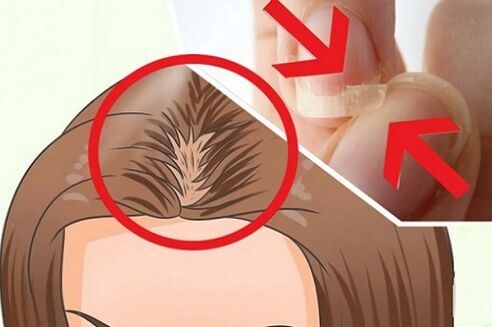
If you have the slightest suspicion that parasites exist in the body, how do you know exactly what caused their appearance? There are numerous methods of self-diagnosis at home as well as specialized ways of identifying worms.
How to detect helminthiasis at home
About 70% of patients who suggest they have helminths do not want to go to the doctor because of this problem. And the point here is not that people do not care about their own health. Until now, people considered helminthiasis to be a disgraceful disease that can only occur in the lower strata of the population. However, experts say that quite prosperous people can buy insidious IDPs.
Since helminths mostly live in the intestines, the only way to detect their presence is to check for feces. This time-tested method was the basis for microscopic examination of the excrement, during which a doctor could detect worm eggs.
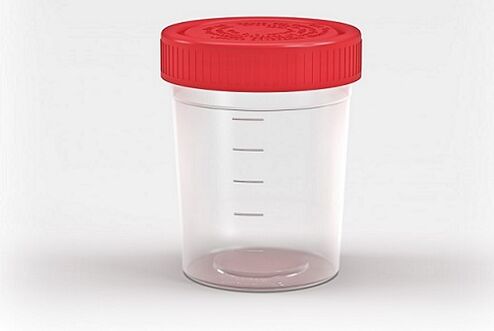
This is the simplest and cheapest method and can be done at home. However, this will not allow you to detect worm eggs because of their microscopic size.
How does a self-test work?
There are several rules for determining the presence of parasites in the human body in this way:
- Stools should be checked several times as the worms do not come out constantly but periodically. Since different types of worms are active at different times of the day, it is worth collecting feces both in the morning and in the evening. In the morning you can find the pins, and in the evening you will often meet larger worms - round worms and tapeworms.
- A person who checks stool for helminths should have medical disposable gloves on hand. Most helminths actively secrete eggs, which can provoke re-infection. It is important to protect yourself from this, even if you already have symptoms of a worm infection. Throw them away after using the gloves and wash your hands thoroughly with soap and water.
- It is worth using the facility when examining feces, as parasites can be detected not only on the surface but also in the center of the feces. After such use it is advisable to throw a stick or spatula.
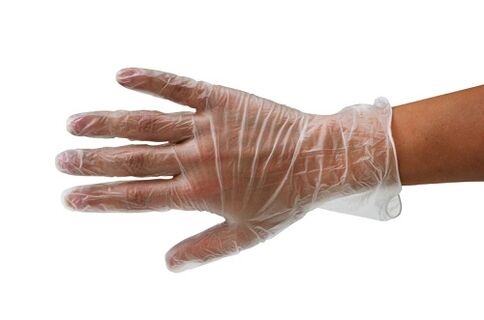
Finally, the most important rule for worms for fecal self-study. It is advisable to collect the material in a separate bowl, as it is unlikely that it will be possible to inspect it with particular care in a toilet bowl or pot. As a last resort, you can cover the toilet bowl with plastic, empty it, and then carefully inspect the stool.
Experts recommend putting a small piece of material on glass and then exploring it from all sides in good lighting conditions. So even the smallest parasites are visible.
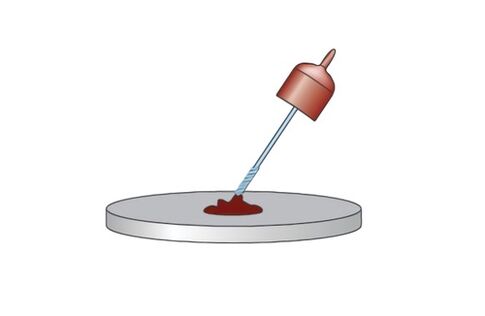
The result of fecal self-examination on worms
It is necessary to talk about the 100% presence of helminthiasis, if it was possible to detect it in the feces:
- Live or immobile small worms;
- White or yellowish slices resembling cooked noodles with a slightly wavy edge;
- Fragments resembling rice grains that may be mobile;
- Large round worms of white or pink color.
All of these signs indicate a dangerous worm infection that can lead to serious health problems, including sudden death. But even if the stools turn out to be "clean" and there are symptoms of helminthiasis, you should immediately consult an infectious disease specialist or pediatrician (if the child has noticed signs of helminthiasis).
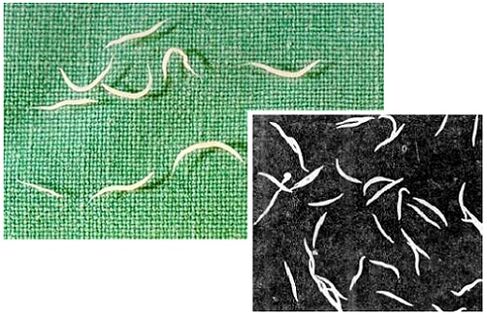
Tests on worms at the clinic
Since it is very difficult to find out for yourself whether there are parasites in the body and the results of self-diagnosis are not so accurate, the diagnosis should be left to professionals. Necessary tests are performed by a doctor or infectious disease specialist. If signs of invasion bother the child, you can consult a pediatrician.
To make an accurate diagnosis, you need to go through:
- Microscopic analysis of feces (coprovoscopy) - preferably three times a week;
- Rupture of enterobiosis;
- Blood test for ELISA - a single delivery is sufficient to make a reliable diagnosis;
- Stool analysis PCR - is prescribed when obtaining ambiguous results of microscopic examination of feces.

Also, your doctor may prescribe additional instrumental diagnostics. Most often this occurs when there is a suspicion of helminths in the liver parenchyma and bile ducts or other internal organs. Tests will be positive in the presence of worms (materials containing parasite eggs, their DNA, antibodies and antigens will be found in the materials).
Based on the results of the diagnosis, the patient is prescribed treatment, which can almost always be carried out at home (many parasitic infections do not require hospitalization). Therapy may be necessary for all members of the worm-carrying family, as many species of these creatures are easily transmitted from person to person.

















































